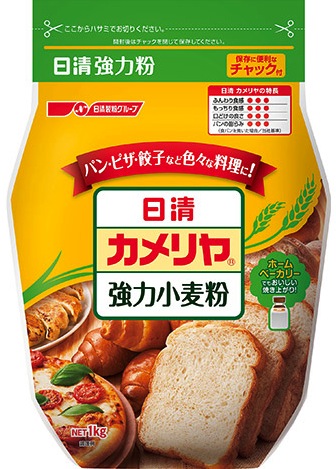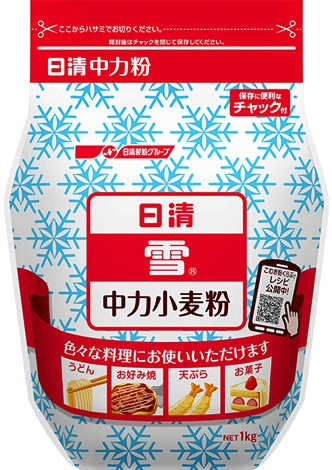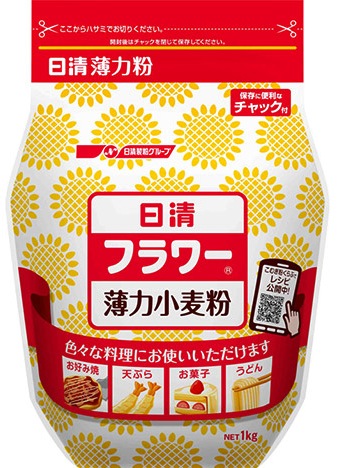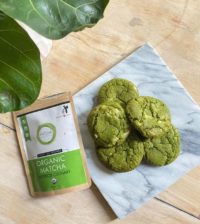- Moomin Exhibition: THE ART AND THE STORY
- Timeless Conversations 2020: Voices from Japanese Art of the Past and Present
- Watch Snoopy movies at home during the Golden Week.
- The New York Food Film Festival 2020 has been cancelled amid coronavirus fears.
- Bob Dylan is coming to Japan
- McDonald’s Japan welcomes 2020 spring with new strawberry frappes
- All-you-can-eat strawberry desserts in 100 minutes.
- “Japan’s Cuisine, Nature, and Wisdom”- Exploring the Past and Future of Japanese Cuisine at the National Museum of Nature and Science
- The World of Shoen Uemura’s paintings of beautiful women
- Treasures from Budapest
- Strawberry and Chocolate Fair at Ikea Japan
- Your Guide to Tokyo’s Fun Ice Skating Rinks
- Yokohama lights up 500,000 leds this year.
- Future and the Arts: AI, Robotics, Cities, Life - How Humanity Will Live Tomorrow
- Egg & Spuma’s Halloween Offering is A Cute Witch Burger
- Strictly Come Drawing
Decoding Japanese labels: Know what type of flour to use
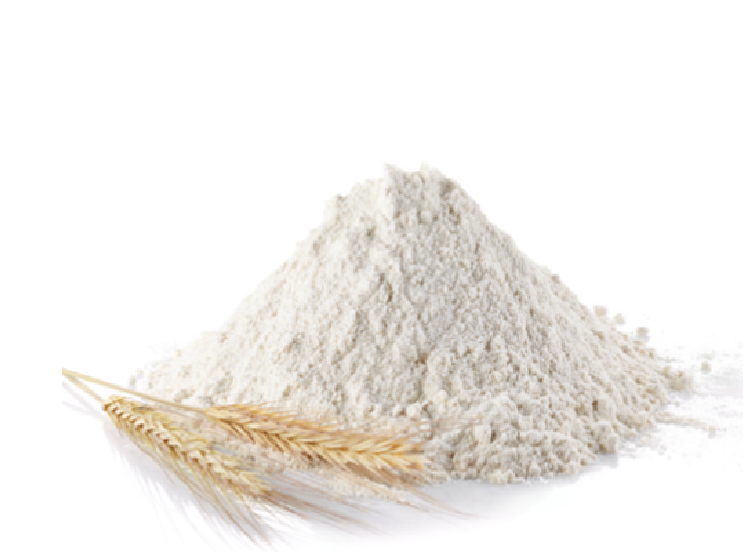 Bread is an important part of our meals but have you ever wondered where wheat in Japan comes from? You will be surprised that only 12% of local consumption is produced in Japan.
Bread is an important part of our meals but have you ever wondered where wheat in Japan comes from? You will be surprised that only 12% of local consumption is produced in Japan.
The rest, according to Nisshin Flour Mills, is imported: 50% from the United States, 30% from Canada and 20% from Australia.
There are so many varieties of flour in the supermarket but even if your Japanese reading skills are great, pictures can be seriously confusing. Sometimes you can end up buying a type of flour that doesn’t match your recipe and you can ruin the outcome of what you are trying to cook. On your next trip to a Japanese supermarket, it helps to understand that flour is made up of carbohydrates and proteins which give your baked goods some structure, and in the case of whole-wheat flour, some fat. Of these three nutrients, protein matters most when you’re baking bread. The gluten-forming proteins, and the quantity and quality of these proteins determines how a flour would suit your recipe.
Hard/Soft wheat mix
If your recipe calls for an all-purpose flour, then this type is what you need. It has a high protein and gluten content with a mildly sweet flavor. This means it’s ideal for baking yeast bread with an airy chewy texture, tortilla, cereal or gyoza (Japanese dumplings) wrappers. The harder the wheat, the more kneading it needs to create the structure.
Soft wheat Not all wheats are hard. This finely milled flour type is made from soft wheat with very low protein content and less gluten strength. Because it is low in moisture, baked goods like cookies, puff pastry, cakes, crackers, pie crust, tempura, come out with a lighter flakier texture. This is also the type of flour commonly used by the Japanese to make udon noodles.
Light
The label is so ubiquitous in Japan, you can almost always find one at convenience stores. It is so common, Japanese families always have this in their pantries. Although it is the kind you would not want to use for breads because of its lower protein content than the all-purpose flour, it is often referred to as a pastry flour. It has a leavening added to it which makes it suitable for making tempura, tonkatsu or even okonomiyaki batter. It’s ideal for making light summer udon noodles.


